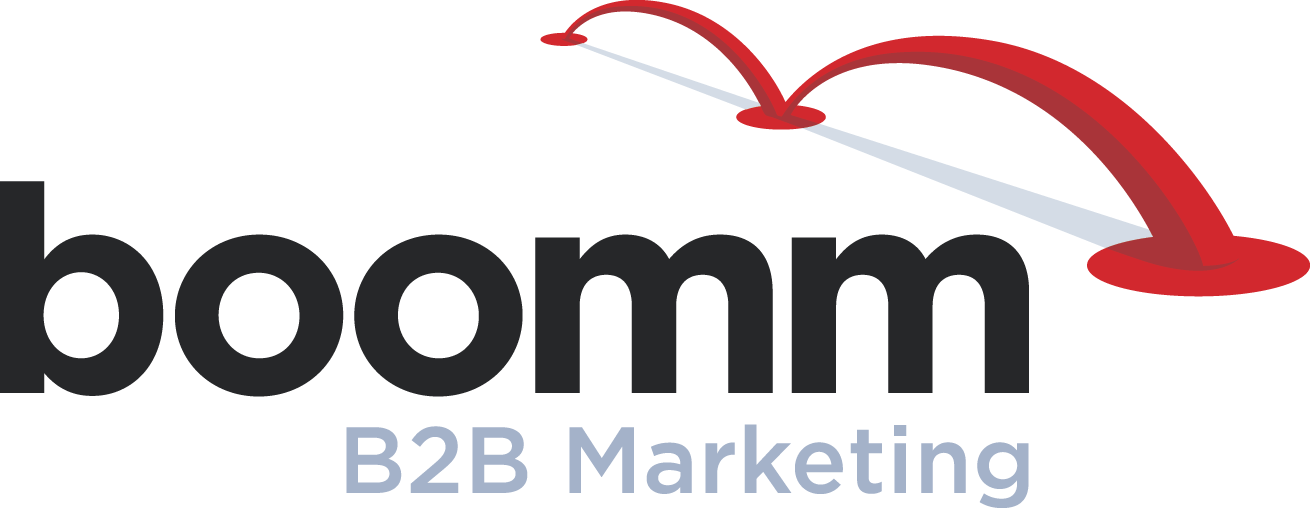A B2B SEO Checklist For Busy Content Creators
If you blog or post a lot of content on your B2B website, it can be easy to forget all the steps to good SEO in your haste to keep the content rolling. But without optimizing for SEO, the effectiveness of your content is degraded and the goals of great content become harder to accomplish. This SEO checklist is designed to help you make sure you’ve covered all your bases before your posts go live. Ask yourself these questions as you review your content:
Did you choose a focus keyword? This is the foundation of good SEO. If you’ve written great content but haven’t built it around a focus keyword, its effectiveness decreases. Google’s Keyword Planner is a great place to find keywords that are relevant to your industry.
Is that keyword in the correct places? Double-check your keyword placement. Here are all the places where your focus keyword needs to occur at least once:
- Body copy. Your focus keyword should occur at least twice in your copy.
- Page title
- Headline
- Meta description
- Image alt-text
- Page URL
Including your focus keyword in the meta description, alt-text, and URL is not really for the benefit of Google algorithm—Google has recently said that they no longer consider these areas as significant when determining their rankings. But including the keyword in these fields helps search engine users to recognize that this article will be relevant as they scroll through search results. Make sure your focus keyword is present in a natural way as well—Google penalizes text that sounds like it was written by a bot.
Have you written a meta description? The meta description is the little block of text thatsearch engine users see when your website pops up in search results. Without a meta description, searchers won’t know what your post is about or why they should read it. Include your focus keyword, of course, and make the description concise and compelling, so people will click to learn more.
a meta description? The meta description is the little block of text thatsearch engine users see when your website pops up in search results. Without a meta description, searchers won’t know what your post is about or why they should read it. Include your focus keyword, of course, and make the description concise and compelling, so people will click to learn more.
Is the post fully functional? Broken links, slow load tims, badly rendered images and poor design all lead to penalties from the Google algorithm. Test every link in the post. Use a tool like PageSpeed Tools to make sure your posts load quickly. Preview the post and see how the images and layout look. Functional, readable posts aren’t just good SEO practice—they’re also the way to make sure the human beings reading your website get a good user experience.
Is there a call-to-action? Not every post has to have a call-to-action, but linking to other pages within a site is beneficial for SEO, so most of your posts should direct readers to other content or resources on your site. This also increases conversion, so it’s a best practice for lead generation as well.
Do you have a sharing plan in place? If you have an RSS feed or email subscription feed, make sure that the post will send to the feed when it’s posted. Put together a plan for how you’ll promote this content on social media—even compose social posts in advance and schedule them so they will launch at the same time as the content. Good content that isn’t shared is going nowhere.
If you answer “yes” to the questions on this SEO checklist, you’ll be all set to launch your post into the world, confident that it’s optimized for SEO and easily able to be found by the right audience.
Image credit: SEOPlanter (Creative Commons)



